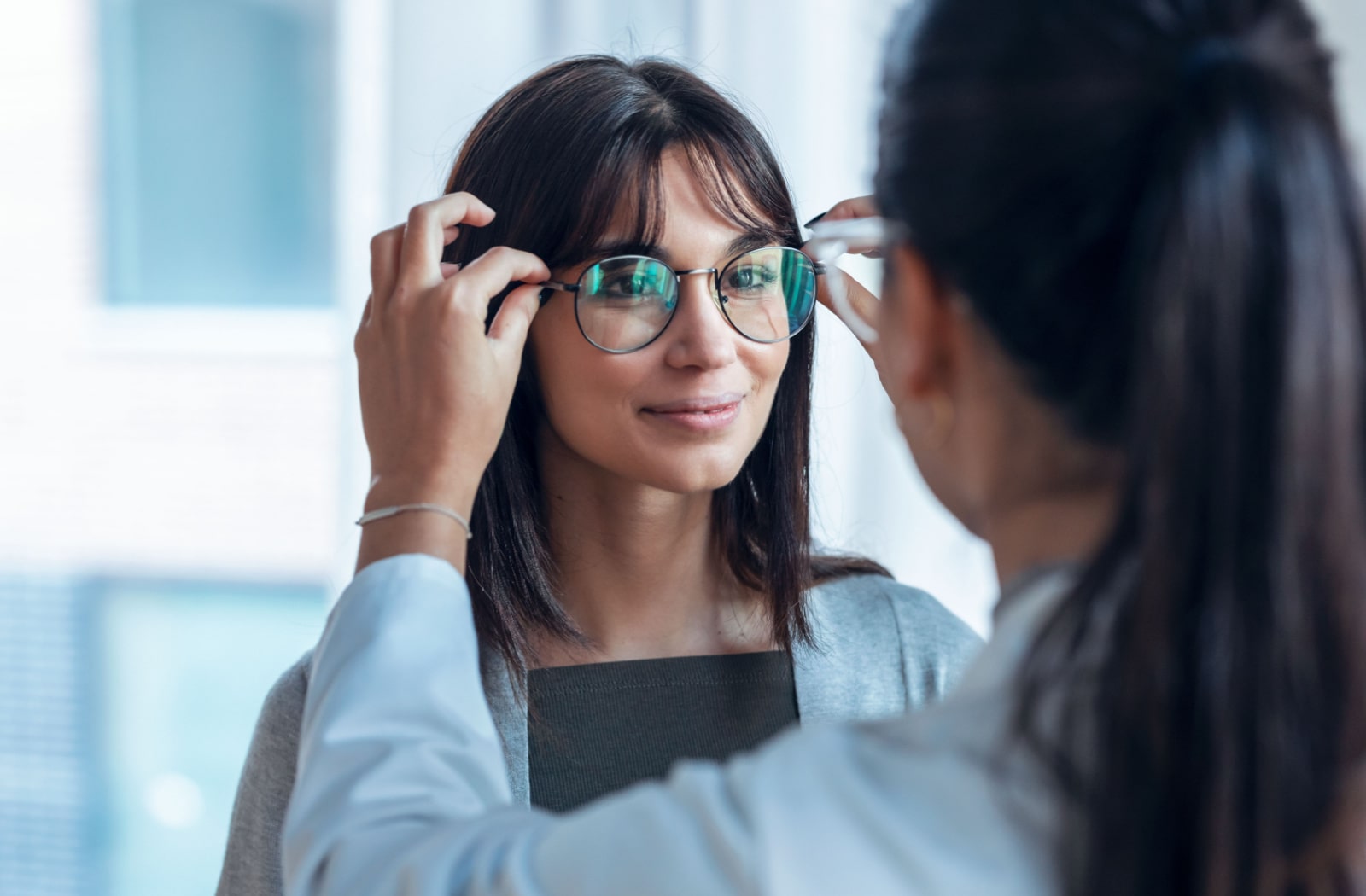Checking Out the most up to date Technical Developments in Optometry and What They Mean for Eye Doctors
From the precision of Optical Comprehensibility Tomography to the nuanced understandings supplied by AI-driven diagnostic tools, these innovations are setting brand-new requirements in client evaluation and therapy. As these advancements penetrate the method, eye doctors are faced with the difficulty of welcoming these tools to improve person results.
Developments in Diagnostic Tools
Advancing the field of optometry, advancements in analysis tools have transformed the method eye treatment experts examine and detect eye problems and aesthetic problems. The previous years has actually experienced substantial technical innovations, making it possible for even more comprehensive and exact evaluations.
One more key advancement is the introduction of advanced corneal topography systems, which map the surface curvature of the cornea with precision. These tools are particularly valuable for suitable contact lenses and diagnosing corneal disorders. Electronic retinal imaging has actually transformed typical ophthalmoscopy, using comprehensive, panoramic views of the retina that assist in thorough aesthetic exams.
The advancement of wavefront aberrometry has actually also been important, making it possible for the evaluation of refractive mistakes with unparalleled accuracy (Eye Doctor). This technology helps in personalizing corrective lenses and enhancing surgical end results for refractive surgeries. Collectively, these diagnostic advancements encourage eye doctors to provide premium person care, ensuring early intervention and tailored therapy methods, inevitably boosting visual wellness results
AI in Individual Administration
Structure on the structure of cutting-edge analysis devices, the consolidation of expert system (AI) in person monitoring represents a transformative leap for optometry. AI systems are progressively employed to improve performance, precision, and personalization in patient care. By assessing vast amounts of information, AI can recognize patterns and anticipate potential ocular problems, allowing eye doctors to customize interventions more effectively. This capacity is critical in taking care of persistent eye illness such as glaucoma and diabetic retinopathy, where early discovery and constant surveillance are key.
Additionally, AI-driven platforms help with streamlined patient interactions and management procedures. Automated organizing, digital examinations, and customized follow-up strategies not only boost patient complete satisfaction but likewise optimize time administration for practitioners. These systems can triage individuals based upon the necessity of their conditions, guaranteeing that those in critical need obtain prompt focus.
Moreover, AI enhances decision-making by offering optometrists with evidence-based suggestions and treatment pathways. By integrating information from electronic health and wellness documents, AI tools supply understandings that educate scientific decisions, minimizing the danger of mistakes and enhancing patient outcomes. As AI remains to develop, its function in person management will likely broaden, reshaping the landscape of optometric care.
Breakthroughs in Retinal Imaging
In the realm of optometry, retinal imaging has actually observed remarkable technological advancements that are enhancing diagnostic capacities and client care. Developments such as Optical Coherence Tomography (OCT) and fundus photography have changed just how eye doctors analyze the retina and visualize. OCT, particularly, gives high-resolution, cross-sectional photos of the retina, permitting the comprehensive evaluation of its layers. This capability is important for very early detection and administration of conditions like glaucoma, diabetic retinopathy, and age-related macular degeneration.
Boosted imaging modalities like OCT angiography are additional refining analysis precision. Eye Doctor Optometrist. Such improvements promote the recognition of minute retinal modifications that could signify disease development.
Additionally, advancements in man-made intelligence are boosting retinal imaging by enabling automatic analysis of large datasets. These systems help eye doctors in determining patterns a sign of pathology, therefore boosting diagnostic precision and performance. Collectively, these innovations are changing retinal imaging into a cornerstone of modern-day eye treatment, improving outcomes and expanding restorative possibilities.
Teleoptometry's Expanding Role
Teleoptometry is progressively becoming an essential part of eye treatment, driven by developments in digital interaction and analysis tools. This is specifically helpful in underserved and rural locations where access to specialized eye treatment is often restricted.
The assimilation of expert system (AI) more boosts teleoptometry, enabling the evaluation of aesthetic data and aiding in the discovery of ocular problems such as glaucoma and diabetic retinopathy. AI-powered formulas can rapidly interpret complex imaging information, providing eye doctors with valuable insights that bolster professional decision-making.
Additionally, teleoptometry supports connection of care through smooth combination with digital wellness records (EHRs), allowing optometrists to maintain comprehensive individual histories. This makes certain that individuals receive individualized and constant treatment even when seeking advice from various professionals.
Regardless of these benefits, difficulties remain, including making certain information safety and managing patient expectations. However, teleoptometry represents a considerable stride in the direction of more obtainable, effective, More about the author and patient-centered eye treatment. As technology develops, its duty is positioned to expand further.

Future Trends in Eye Treatment
A myriad of innovative fads is set to improve the future of eye care, driven by technical improvements and the progressing needs of individuals. One substantial trend is the combination of expert system (AI) in diagnostics, which assures to enhance the accuracy and performance of eye examinations. AI formulas can examine vast quantities of data from retinal photos, potentially spotting conditions like diabetic person retinopathy and glaucoma earlier than traditional approaches.
Additionally, individualized medication is acquiring traction in optometry, with genetic testing educating tailored treatment plans. This method aims to enhance individual outcomes by tailoring interventions over at this website to specific hereditary accounts. Wearable modern technology, such as wise get in touch with lenses, is additionally coming up, offering real-time tracking of intraocular pressure or sugar degrees, hence giving continual understandings right into systemic and eye wellness.
The fostering of increased reality (AR) and online fact (VIRTUAL REALITY) in training and client education and learning is another arising fad. These technologies offer immersive experiences that can enhance understanding and abilities both for individuals and optometrists. As these fads advance, optometrists have to remain abreast of technological advancements to provide advanced care, ensuring improved individual results and fulfillment in the vibrant landscape of eye care.
Verdict

Jointly, these diagnostic improvements empower eye doctors to deliver exceptional person treatment, making certain very early treatment and tailored treatment methods, eventually enhancing visual wellness results.

As these innovations proceed to progress, eye doctors must adapt and incorporate them into practice, ultimately maximizing process effectiveness and boosting the requirement of eye care delivered to individuals.